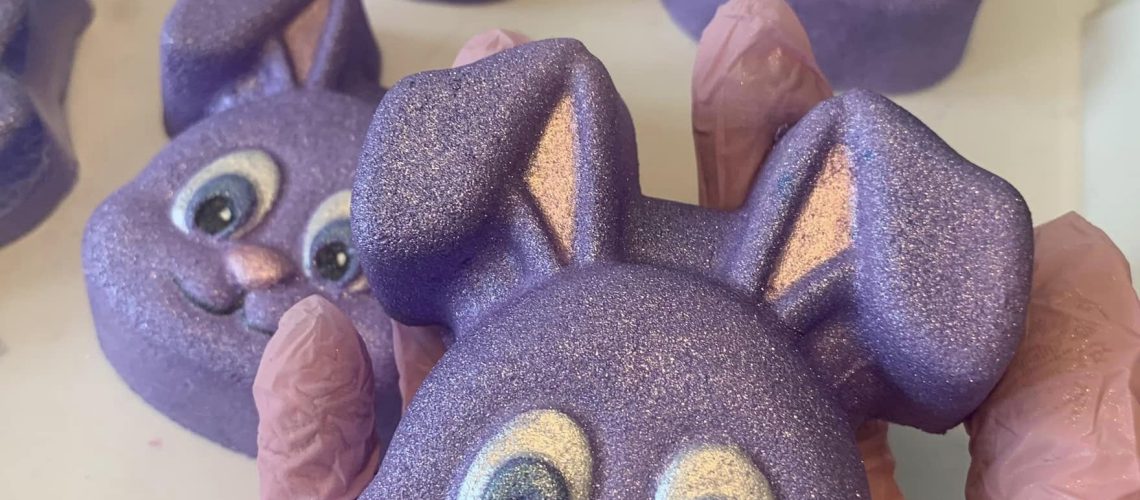
Team Soak Rochford
Your Bath Bomb Struggles, Sorted
Jay provides answers to the Soak community’s most common issues
It can be really frustrating when every stage of your creative process sets out to test your patience. But instead of downing tools and swearing an oath to never use a bath bomb again, nevermind make one, read through Jay’s answers to Soakies most common problems below.

Q: How do I stop my bath bombs from activating?
A: When making bath bombs, it is important not to initially add too much water. There is a very fine line between the mixture being too dry and not binding together, and it being too wet and starting to activate.
I always advise to use a spray bottle to add water, as it is an easy way to add just a small amount at a time. Add one spray at a time and mix well in between until it just holds together when you squeeze it in your hand and drop it back into the bowl from about 8 inches high. If your bath bombs are starting to activate whilst drying, then the humidity in the room is too high. The only way to overcome this is by using a dehumidifier.
Q: How can I get my bath bomb mixture stronger so they can be picked up without crumbling?
A: It sounds like these are slightly too dry when they have been made, or the mixture hasn’t been packed tightly together enough. Try packing more into the mould, and if this does not work, then aim to add a teeny bit more water.
Q: How can I make my bath bombs foam and float more?
A: First and foremost- let them fully dry before testing. You want to aim to test them at 3-5 days after making to check how they perform. Moulds with a larger flatter back also float more easily than spheres. Spheres- you can poke your finger into the mix when moulding to leave an air pocket inside- this can help too. The biggest causes of bombs that don’t foam very well are 1) using in water temperature which is too cool, and 2) using a poor quality SLSa and/or Citric Acid.
Q: How do I get my colours brighter without staining the skin?
A: Honestly- just experiment. Embeds are the best way to cause streams of colour on the surface, but you need to make sure that they are placed above the water line in the bomb. The foam caused by the reaction will carry the colour and you will see it much better than if the colours are underneath the waterline.
Q: Why is my bath bomb mixture drying out and cracking? Adding more water makes the mixture too wet.
A: This one comes down to practice. Once all of your ingredients are ready then you need to work quickly as the chemical reaction starts to take place. Get everything you need ready to go with your moulds at hand. It might be worth pre-preparing and “blooming” your colours in bicarb, so it cuts your mixing time down.
Q: I’m struggling with consistency when it comes to bath bomb mixtures. How can I ensure my bombs come out perfectly every time?
A: Unfortunately, this one is down to experience. Over time you will learn exactly how your perfect mixture feels when it is perfect to use. Different people like to mould as slightly different consistencies, so experiment with some unscented, uncoloured mixture to play around with so you can learn without hurting your pocket so much!
If you’re struggling with something in your assessment, whether it’s creating bath bombs or any of our other products, join our Facebook Support Group today to get some assistance.
-
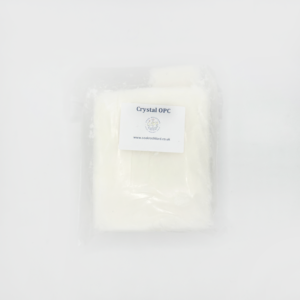 Stephensons OPC Foaming Bath Butter Melt and Pour Soap Base£9.99 – £95.99Rated 5.00 out of 5 based on 8 customer ratingsAdd to WishlistAdd to Wishlist
Stephensons OPC Foaming Bath Butter Melt and Pour Soap Base£9.99 – £95.99Rated 5.00 out of 5 based on 8 customer ratingsAdd to WishlistAdd to Wishlist -
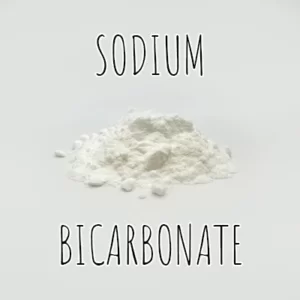 Sodium Bicarbonate Tata Powder Fine (Bicarbonate of Soda)£5.50 – £31.75Rated 5.00 out of 5 based on 2 customer ratingsAdd to WishlistAdd to Wishlist
Sodium Bicarbonate Tata Powder Fine (Bicarbonate of Soda)£5.50 – £31.75Rated 5.00 out of 5 based on 2 customer ratingsAdd to WishlistAdd to Wishlist -
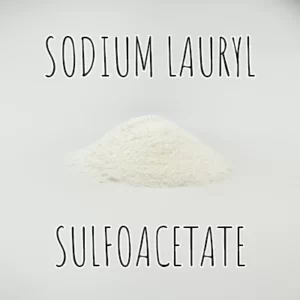 Sodium Lauryl Sulfoacetate (SLSa)£6.00 – £125.95Rated 5.00 out of 5 based on 13 customer ratingsAdd to WishlistAdd to Wishlist
Sodium Lauryl Sulfoacetate (SLSa)£6.00 – £125.95Rated 5.00 out of 5 based on 13 customer ratingsAdd to WishlistAdd to Wishlist -
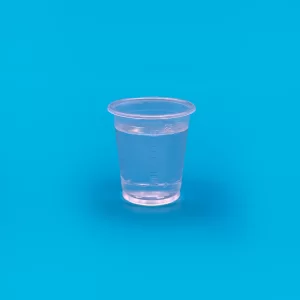 30ml Measuring Cups£0.15Rated 5.00 out of 5 based on 1 customer ratingAdd to WishlistAdd to Wishlist
30ml Measuring Cups£0.15Rated 5.00 out of 5 based on 1 customer ratingAdd to WishlistAdd to Wishlist -
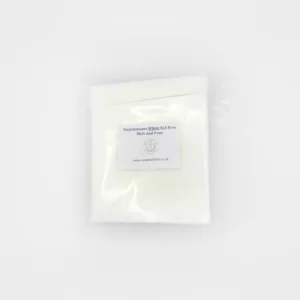 Stephensons Crystal WHITE SLS Free Melt and Pour Base£5.30 – £53.99Rated 5.00 out of 5 based on 2 customer ratingsAdd to WishlistAdd to Wishlist
Stephensons Crystal WHITE SLS Free Melt and Pour Base£5.30 – £53.99Rated 5.00 out of 5 based on 2 customer ratingsAdd to WishlistAdd to Wishlist -
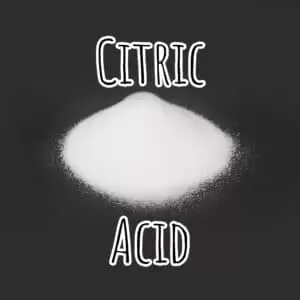 Citric Acid£6.99 – £71.99Rated 5.00 out of 5 based on 1 customer ratingAdd to WishlistAdd to Wishlist
Citric Acid£6.99 – £71.99Rated 5.00 out of 5 based on 1 customer ratingAdd to WishlistAdd to Wishlist -
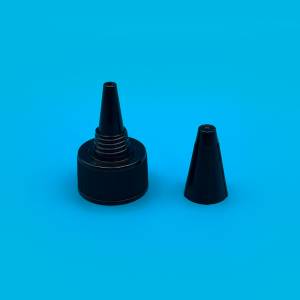 Pourer Spout Tops with Dust Caps£0.30Rated 5.00 out of 5 based on 2 customer ratingsAdd to WishlistAdd to Wishlist
Pourer Spout Tops with Dust Caps£0.30Rated 5.00 out of 5 based on 2 customer ratingsAdd to WishlistAdd to Wishlist -
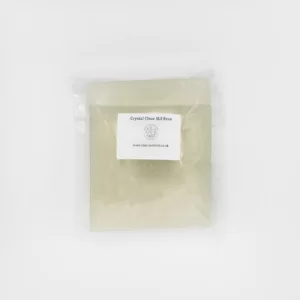 Stephensons Crystal CLEAR SLS Free Melt and Pour Base£5.30 – £53.99Rated 5.00 out of 5 based on 6 customer ratingsAdd to WishlistAdd to Wishlist
Stephensons Crystal CLEAR SLS Free Melt and Pour Base£5.30 – £53.99Rated 5.00 out of 5 based on 6 customer ratingsAdd to WishlistAdd to Wishlist -
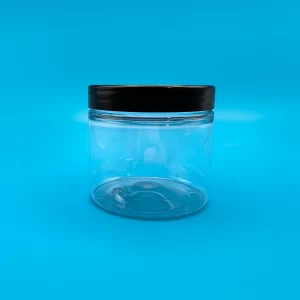 200ml PET Pot With Black Lid£4.00 – £70.00Add to WishlistAdd to Wishlist
200ml PET Pot With Black Lid£4.00 – £70.00Add to WishlistAdd to Wishlist
